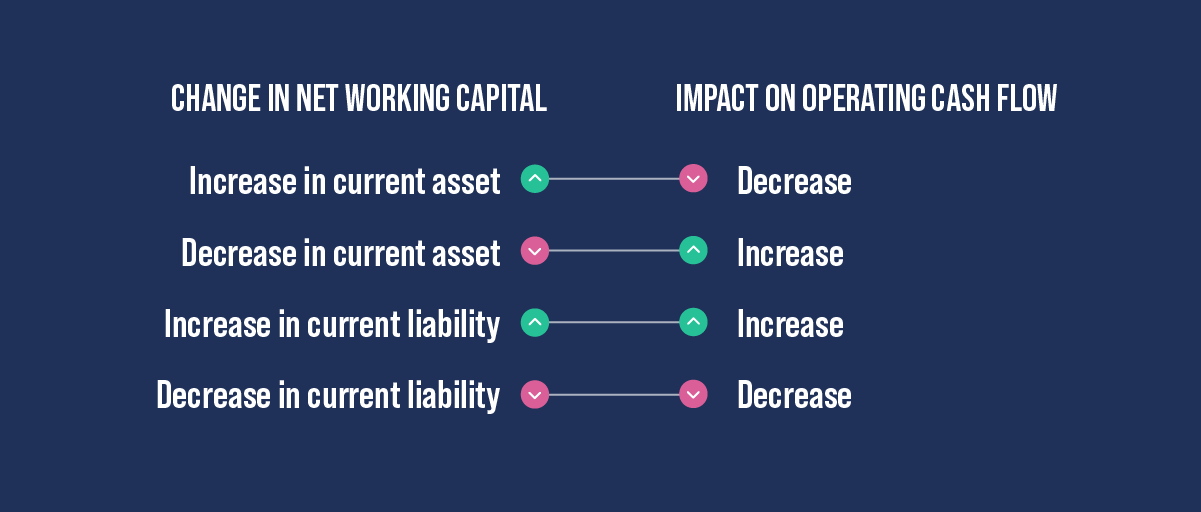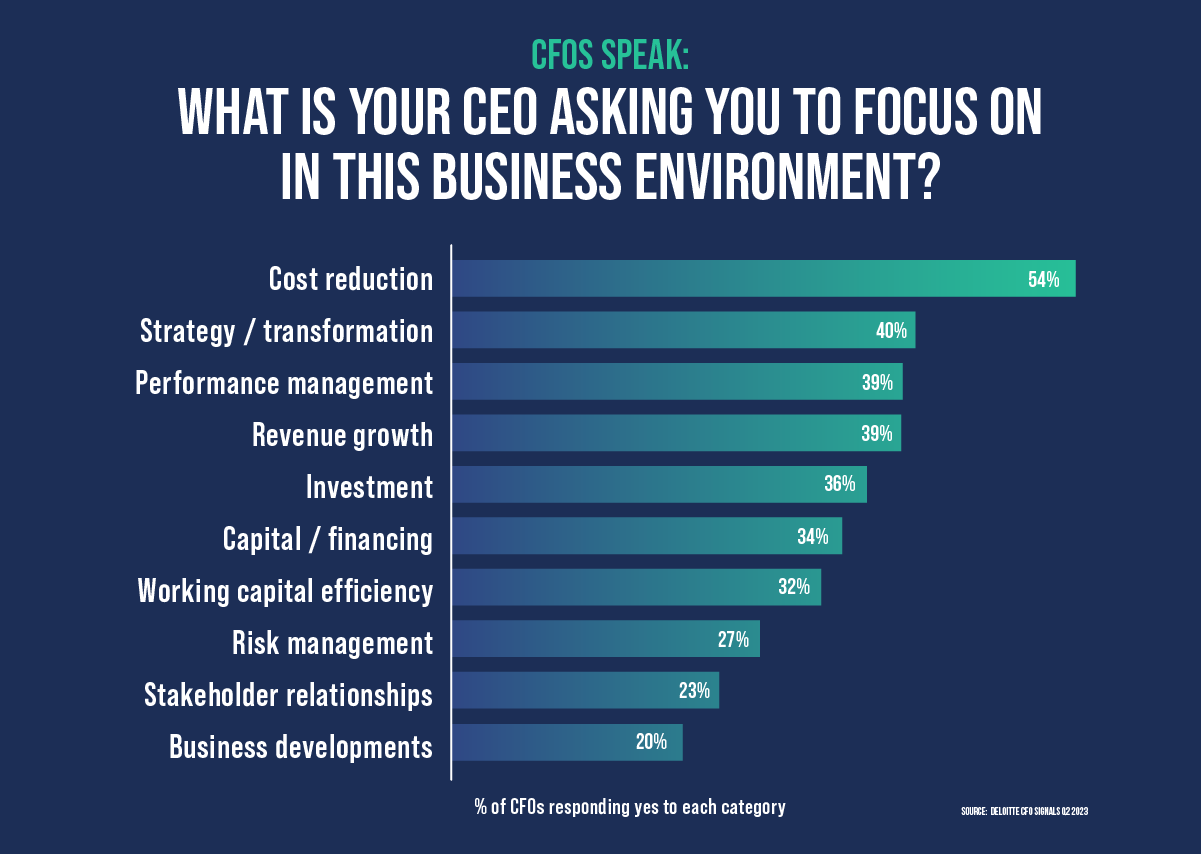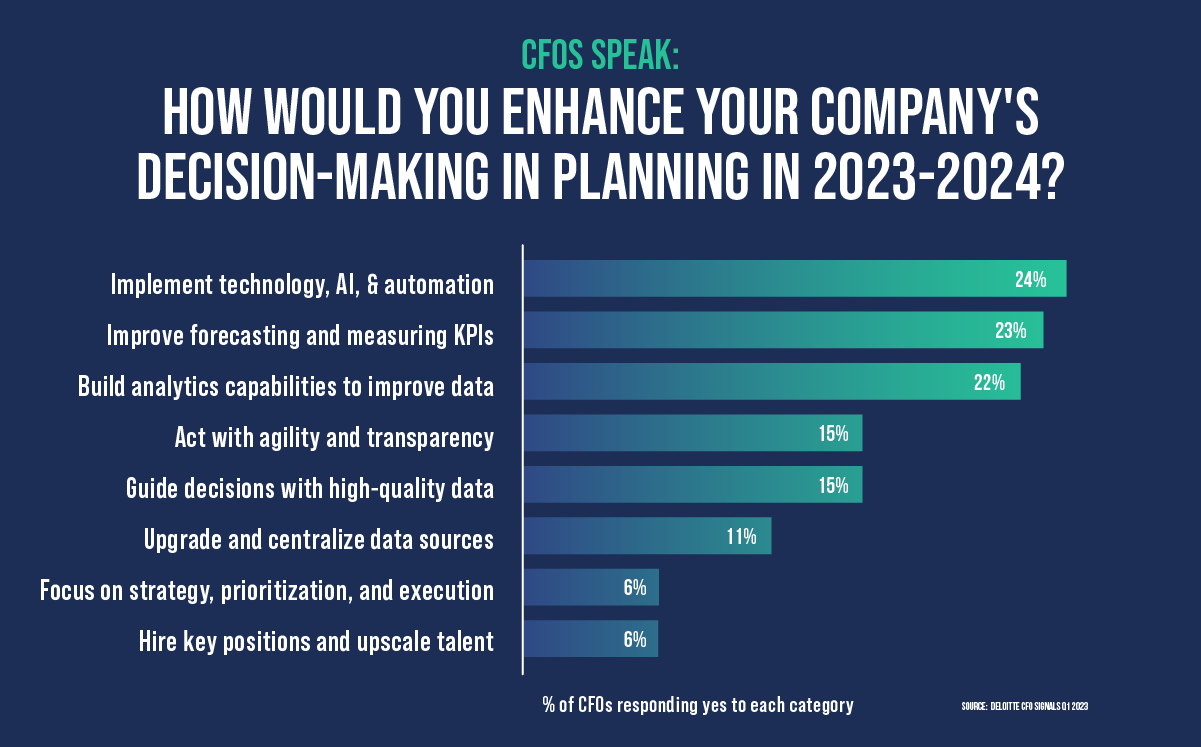How CFOs can optimize operating cash flow

How can AP automation help CFOs optimize cash flow from operations?
In today’s hyper-competitive economy, CFOs must closely watch and control cash inflows and outflows to ensure their companies have enough cash on hand. Maintaining healthy cash flow is crucial for funding operations and growth, no matter how large your business is.
However, many CFOs overlook a powerful tool for managing cash flow – Accounts Payable.
AP is a core component of cash flow from operations and can provide CFOs with the visibility and leverage to optimize net working capital.
In this article, we’ll explore the relationship between AP and cash flow from operations and how you can leverage AP automation to optimize cash flow and improve liquidity and profitability.
What is operating cash flow and why is it important?
Operating cash flow (or cash flow from operating activities) is the amount of cash the company earns and spends through core operations. Examples of cash flow from operating activities include accounts receivable, inventories, and accounts payable. Operating cash flow is part of a company’s cash flow statement – the standard financial statement that reports the net amount of cash transferred in and out of the company over a specific accounting period. Companies include the cash flow statement, income statement, and balance sheet in their regular financial reports.
The formula for calculating operating cash flow is:
Operating cash flow = Net Income + Non-cash Expense Adjustments + Changes in Working Capital
Let’s break out the components of the formula.
Net Income:
Net income is revenue from sales minus the cost of goods sold, general expenses, taxes, and interest. It’s found on the company’s income statement. Businesses earn money from sales as revenues and spend money on goods and services as expenses. They can also earn income from interest, investments, royalties, and licensing agreements and sell products on credit.
Non-cash Expense Adjustments
Non-cash Expense Adjustments (cash equivalents or non-cash items), are write-downs or accounting expenses (depreciation, amortization, depletion, deferred taxes, etc.) that don’t involve a cash outflow. Because they aren’t actual transfers of cash, non-cash expense adjustments increase operating cash flow.
Changes in Working Capital
Changes in Working Capital, or Net Working Capital (NWC), is the difference between a company’s current assets (assets expected to be converted into cash or liquidated in less than a year) and current liabilities (liabilities that are due within a year). NWC is a good indicator of a company’s liquidity – its ability to cover its debts with the assets it has on hand.
| Working capital assets | Working capital liabilities |
| Accounts receivable | Accounts payable |
| Inventory | Accrued expenses |
| Prepaid expenses | Deferred revenue |
| Other current assets | Other current liabilities |
What factors can affect operating cash flow?
Changes in working capital have the biggest impact on operating cash flow. Increases and decreases in current assets and liabilities affect the amount of cash on hand. Positive cash flow shows that a company’s liquidity is increasing, meaning it can cover its debts, invest in growth, pay dividends to shareholders, pay operating expenses, and prepare for future financial events. Negative cash flow is a sign the company may be struggling.
In the long run, good cash flow management will help ensure the company remains solvent and withstands economic downturns.

Working capital management is measured by efficiency ratios such as inventory turnover, days sales outstanding, and days payable outstanding. These factors can impact net working capital and operating cash flow.
Inventory turnover
Inventory turnover is the ratio of sales in a period to inventories at the end of the period. Low inventory turnover indicates that inventory is not being sold, which decreases operating cash flow. High inventory turnover indicates strong sales, which increases cash flow.
Days sales outstanding
Days sales outstanding (DSO) measures how quickly a business collects cash from its customers. Growth in DSO reflects growth in accounts receivable. The business isn’t getting paid for products and services it has sold, which causes operating cash flow to decrease. Conversely, a decrease in DSO means the business is getting cash payments earlier, causing an increase in operating cash flow.
Days payable outstanding
Days payable outstanding (DPO) measures how quickly a business pays its suppliers. A decrease in DPO means the business is paying its suppliers faster, which causes operating cash flow to decrease. An increase in DPO means the business is taking longer to pay suppliers, resulting in an increase in cash flow.
Assessing current assets and liabilities is essential for measuring, forecasting, and managing working capital. To create a strategy that ensures healthy cash flow from core business operations, CFOs should focus on maximizing net income, reducing costs, and optimizing efficiency ratios through effective working capital management.
Working capital management for CFOs
Improving working capital management is one of the most effective ways to optimize operating cash flow. Effective working capital management focuses on two objectives:
Reducing costs
Reducing operating costs helps the business save money, which has a direct positive effect on working capital and operating cash flow. Cost reductions can include payroll, operational overhead, rent, expenses, and costs for raw materials and services.

Optimizing working capital
Optimizing working capital involves managing inventories, capital expenditures, accounts receivable, accounts payable, credit terms, and the cash flow forecast to improve efficiency ratios and leave more cash in the business.
Let’s look at how CFOs can improve working capital management and achieve both objectives by strategically optimizing accounts payable through automation.
Optimizing operating cash flow through AP automation
Accounts payable is one of the largest and most flexible components of operating cash flow. By optimizing AP processes, CFOs can save money and improve their ability to manage working capital.
Automating accounts payable reduces labor costs and improves invoice processing efficiency, saving money lost to errors, fraud, and late payment fees. It also provides real-time visibility and control over AP processes and transactions, giving CFOs data they can use to make informed cash management decisions.
Accurate and timely AP data
Because accounts payable and operating cash flow are linked, you need visibility into AP spending and performance data to understand how AP impacts your company’s financial health. AP solutions automatically capture invoice, performance, and transaction data to give you a complete picture of spending and workflow key performance indicators (KPIs). You can use this data to identify and address process bottlenecks, manage spending, and forecast cash flow requirements.

Save time and money on invoice processing
AP automation replaces inefficient manual processes with a streamlined and transparent workflow. This saves money on labor and processing costs and frees up resources you can redeploy to higher-value objectives. AP automation solutions also integrate with ERPs, finance systems, and accounting software to provide a single source of spending data – ensuring the company keeps good financial records.
Improve working capital management
By providing better visibility into the AP process and transactions and more control over when and how you make payments, AP automation enables CFOs to manage working capital more effectively.
For example, many companies delay vendor payments to increase cash flow. The potential downside of this strategy is that increasing DPO can result in vendors charging late payment fees, moving to stricter credit terms, or leaving the business relationship. By leveraging AP automation, CFOs know where payments are in the invoice lifecycle, the health of each vendor relationship, and when late payment fees might kick in – enabling them to manage payments and cash flow more efficiently without damaging vendor relationships.
Detect errors and fraud
Errors and fraud can lead to unexpected costs, which can negatively impact operating cash flow. AP solutions automatically enforce internal controls and expense policies and maintain complete audit trails. They detect duplicate invoices, human errors, and signs of fraud and flag them for inspection, allowing AP teams to correct the discrepancies before payments are made.

Get early payment discounts
AP automation speeds up invoice and payment processing so you can pay suppliers before the invoice is due. This enables you to take advantage of early payment discounts, negotiate better credit terms, and increase working capital.
Earn rebates from credit card payments
Many corporate credit card solutions offer cash-back rebates on card expenditures, allowing your business to earn revenue on its AP spending and increase cash flow.
Stampli: A strategic investment in working capital management
Accounts payable can be a powerful tool for working capital management.
Expectations for AP teams are on the rise. You need the resources to ensure healthy cash flow and liquidity so your business can grow and prosper.
Invest in the right partner for effective accounts payable management. Stampli will support you pre- and post-implementation and offer insights into how your company might most successfully make the most out of your AP automation solution to manage working capital.
Stampli is the only AI-powered AP automation solution built for Accounts Payable. It centers all communication, documentation, and workflows on top of each invoice, eliminating the need for workarounds, external communications channels, 3rd-party implementation partners, or manual AP work inside the ERP.
Reduce tedious manual tasks with the help of Billy the Bot™, Stampli’s smart AI-powered automation. Billy quickly learns how your business accounts payable processes work to automate your most time-consuming activities – freeing you to focus on valuable strategic work.
Stampli supports all native functionality for over 70 ERPs, including those from Sage, Microsoft, SAP, Oracle, QuickBooks, and others, enabling it to deploy in a matter of weeks, not months.
Get strategic about working capital management today! Contact Stampli for a free demo.




